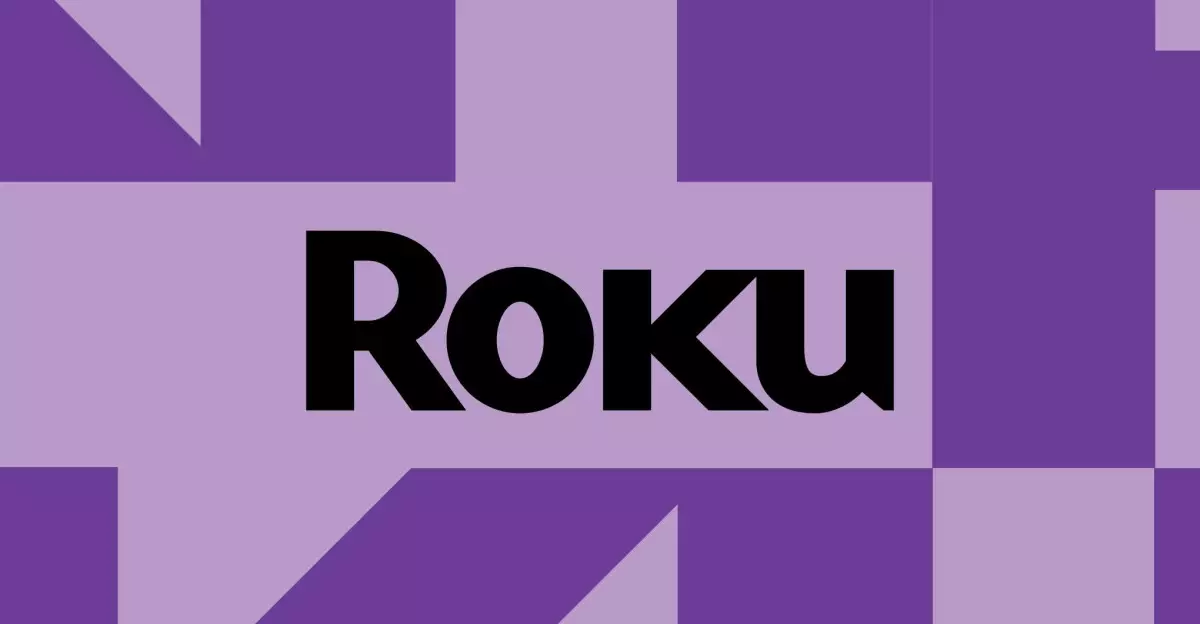The world of streaming entertainment is the epicenter of our technological advancement, yet it remains startlingly fragile when facing software missteps. A recent update to Roku’s operating system has sent ripples of frustration among users who have experienced severe color degradation while streaming HDR content. With vivid hues and striking landscapes reduced to a dreary spectacle, it’s clear that this is not merely a minor inconvenience but rather a substantial blow to the viewing experience. Enter Wes Davis, a dedicated weekend editor who, since 2020, has been on the front lines of tech journalism. His insights illuminate an issue that many consumers are grappling with, navigating the muddled waters of tech mishaps.
As users turned to online forums to voice their concerns, they uncovered an unsettling truth: the problem may extend well beyond Disney Plus, the original app under scrutiny. Users with various Roku-enabled TVs reported similar issues across an array of platforms, including Netflix, YouTube TV, and Apple TV Plus. These revelations suggest a broader software malfunction, prompting alarming questions about the reliability of streaming technologies that saturate our lives.
The Role of Community Feedback
In moments of technological distress, community input can be a powerful force in driving change. Roku, aware of mounting complaints, has mobilized its community moderators – one of whom, RokuEmmanuel-D, has called for detailed reports from users. This proactive approach serves a dual purpose: it acknowledges user grievances and fosters an open dialogue regarding the severity of the issue. However, it also highlights a glaring question: Why did such an issue arise in the first place?
User feedback revealed some alarming truths. Initial comments pointed to the malfunction being restricted to TCL TVs and, at first glance, primarily linked to Disney Plus. But as the thread evolved, so too did the evidence of a systemic problem. Observations of dismal, grayish color palettes extended to major competitors’ platforms. Users noted that the vivid visual richness of HDR content seemed utterly compromised, resulting in what can only be described as a disappointing representation of what should have been vibrant storytelling.
Examining the Underlying Problem
The conundrum deepens when examining the technical nuances of HDR itself. High Dynamic Range promises to elevate our viewing experience by introducing a broader range of luminance and color saturation. However, this ideal can rapidly become a nightmare when the technology behind it falters. The problem is currently linked to Roku software version 14.5, raising concerns regarding quality control and testing before offering updates to consumers.
Interestingly, users have noted that unchanged external sources – such as a PS5 or 4K Blu-ray player – displayed HDR content beautifully on their TVs. This leads to speculation that the problem is inherently tied to Roku’s ill-fated software rather than fundamental issues with the hardware itself. The symptoms observed paint a picture of desaturated images, akin to veering into an almost monochrome aesthetic. In a time when viewers are craving immersive experiences, this presents an unacceptable setback.
The Larger Implications for Streaming Services
When the fabric of streaming services begins to unravel due to software failures, it could signify a much larger issue within the tech industry. In a landscape where competition is fierce, streaming platforms thrive by providing exceptional quality and user satisfaction. Consequently, this situation not only jeopardizes individual users’ viewing experiences but also challenges the credibility of the Roku brand as a whole.
As Roku grapples with this emerging crisis, consumers are left to question their loyalty during this time of upheaval. While technology continues to innovate at a breakneck pace, manufacturers and service providers must focus on rigorous testing protocols. The stakes are high, and the margins for error continue to decrease. In the digital realm, where the user experience is paramount, lapses such as these can lead to a loss of trust that is difficult to recover.
Unfortunately, as software updates become almost a routine rite of passage in the digital age, the anticipation surrounding new innovations can easily turn to bitterness when faced with setbacks like these. The Roku HDR debacle serves as a reminder of how quickly even the most well-established brands can falter in their quest for excellence, emphasizing the need for greater accountability and vigilance within the tech community.

